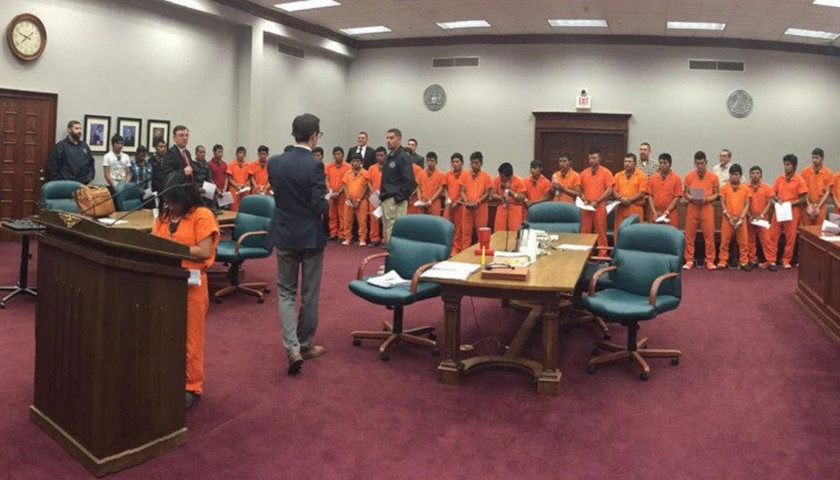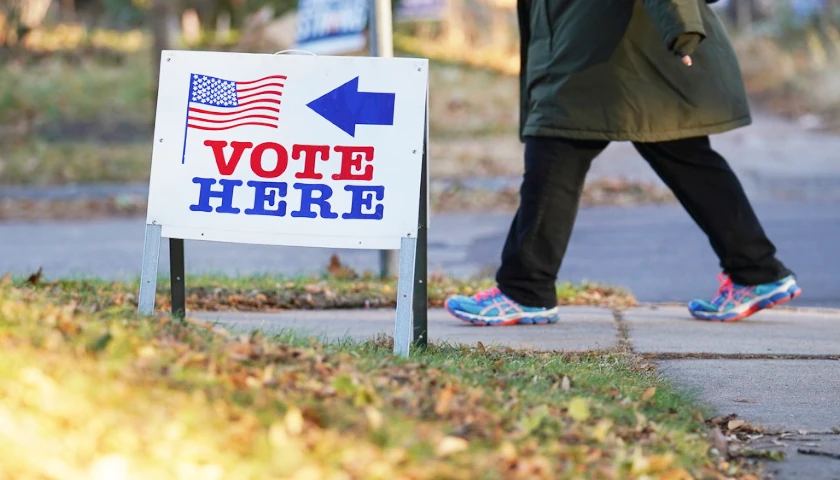by Scott McClallen
Sen. Dave Senjem, R, Rochester, sponsored a “Clean Energy First” bill that claims to take reasonable steps toward preferring clean energy over carbon-producing sources, as long as it’s “reliable and affordable.”
Senjem said that many states set unrealistic benchmarks by arbitrary deadlines, which he compared to “bumper sticker” promises.
“They adopt policy and have no clue how they’re going to get there,” Senjem said.
Senjem told The Center Square that the bill focuses on expanding clean energy jobs in Minnesota, plans for when a major utility unit shuts down, and ensures a reliable, affordable power source that reaches as far south as Texas in case of unpredictable weather.
Senjem said that it’s essential Minnesota keeps a stable energy supply during the transition period that is reliable and affordable.
“The bill prescribes that the utilities need to enter into negotiations with the mindset that public utilities require a clean energy source, first, in the menu of choice,” Senjem said. “And that can be wind, solar, hydro, nuclear or carbon capture.”
Senjem said the utility company could suggest other energy sources such as gas or coal for reasons of affordability or reliability, but cited an International Renewable Energy Agency study reported by Reuters that wind and solar are cheaper than coal and natural gas.
Isaac Orr, a policy fellow at The Center of the American Experiment, told The Center Square the bill supports government-approved monopoly utility companies like Xcel Energy who make a guaranteed 7.5 percent profit on every single dollar that they spend.
“Utility companies have guaranteed profit, so they don’t lose money when they build things that don’t work, like any other business,” Orr said.
Orr said that clean energy isn’t the cheapest option if you factor in subsidy costs.
“Just because something’s subsidized doesn’t mean you’re still not paying for it, it’s just coming out of another pocket,” Orr said. “It’s coming out of your tax bill instead of your utility bill.”
Wind only blows about 35 percent of the time in Minnesota, Orr said, so Minnesotans rely on coal and natural gas about 60 to 80 percent of the time.
Orr said that only nuclear and hydro can replace that power because it’s more controllable than solar and wind energy.
Orr added that Xcel wants to shut down two plants that produce electricity for $31 to $32 per megawatt-hour, compared to unsubsidized wind costs of $34 to $48 per megawatt-hour and an unsubsidized solar cost between $60 to $100.
Orr noted Minnesota imports most electricity from the Dakotas, which has more reliable wind than Minnesota.
Orr cited one of his reports that a 50 percent renewable energy standard by 2030 would cost Minnesota $80.2 billion.
“The thing about wind and solar is that the sun isn’t always shining and the wind isn’t always blowing, so they have to have coal and natural gas plants online so we have enough electricity if the weather isn’t cooperating,” Orr said.
The Clean Energy First bill will be heard in February 2020.
– – –
Scott McClallen is a staff writer covering Michigan and Minnesota for The Center Square. A graduate of Hillsdale College, his work has appeared on Forbes.com and FEE.org. Previously, he worked as a financial analyst at Pepsi.




